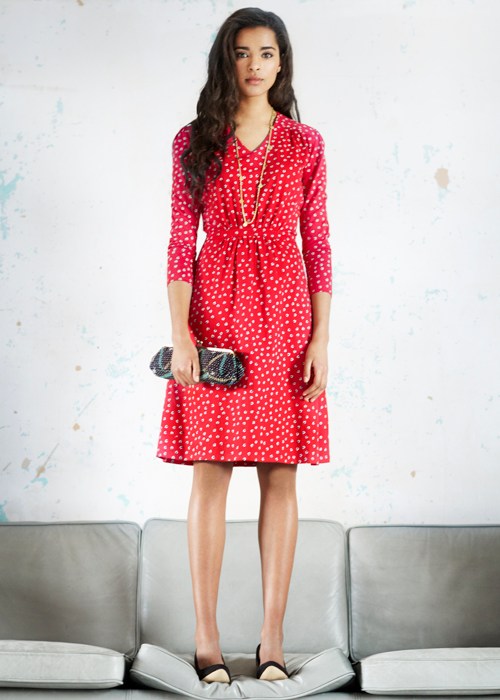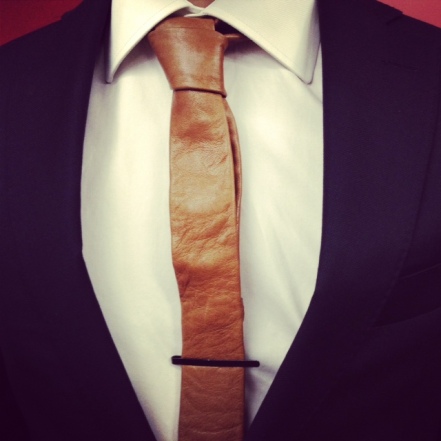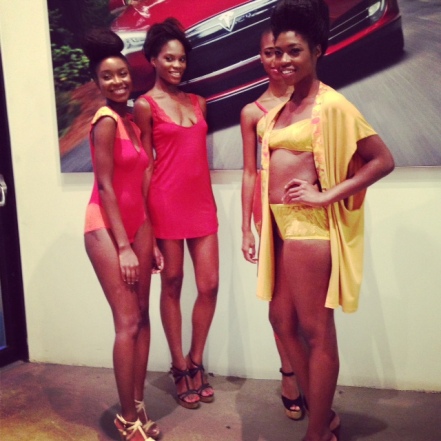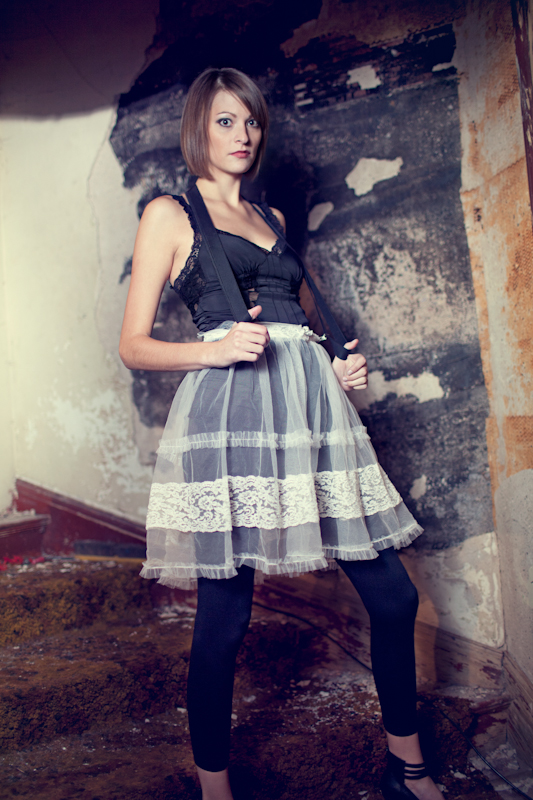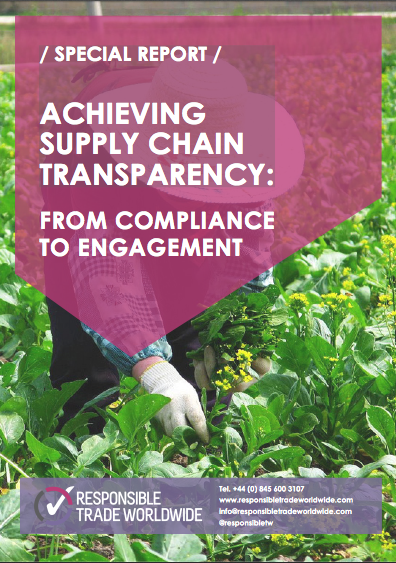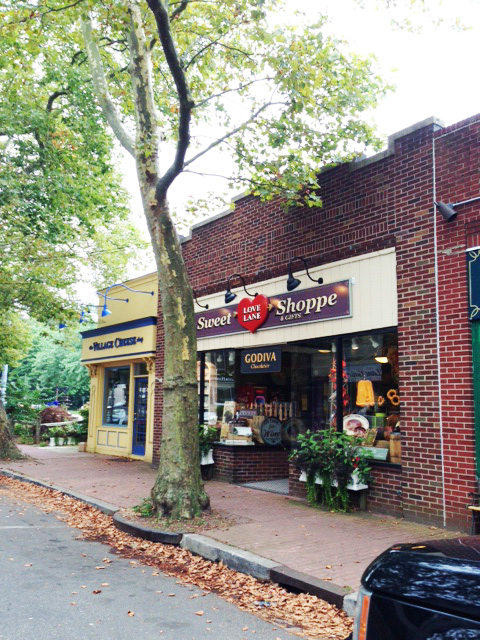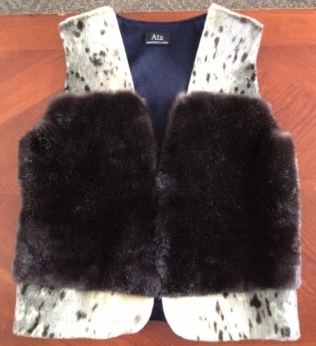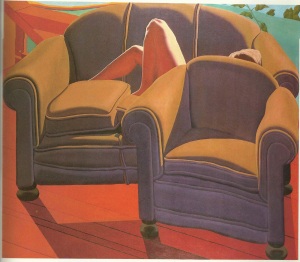by Nevena Rousseva
They say that New York City is a melting pot of cultures and traditions, and it’s what makes the city so special. When a different cultural group integrates their own uniqueness, another layer of interesting is added to this vast city. But it’s not always easy for different groups to assimilate into a new environment. In this case I’m talking about a particular group, low-income immigrant women living in Queens. Most of these women come from Bangladesh and spend their days sitting at home caring for the family with rare access to socializing or familiarizing their new environment.
Nivedita Chandrappa became aware with the silent struggle of these women and started the Wishwas foundation with the mission to help these women thrive in their new environment. Wishwas offers low-income immigrant women a range of classes from design and sewing to developing a business plan, to legal services, and healthcare resources.
.I visited one of the sewing classes held at the Jamaica Merrick library in Queens. On this day there were about 20 women, (the average is between 30 and 45) most with their young kids who were running around and playing. The room was very loud as this was not just a learning opportunity, but a chance for the women to socialize. For many this class is their only chance to get out of the house. The women were learning about patterns, sewing techniques, and decorative stitching. Many of them already have some kind of knowledge in design, and the class is a chance for them to expand their skills and gain confidence. Most learn during class and take work, such as embroidery, home.
`
In order to garner attention to these women Wishwas is holding a cocktail fundraiser on September 26th at clothing designer Naeem Khan’s design studio. Tickets available here.
I caught up with Nivedita over email about the beginning of Wishwas, how it’s helping women, and how she wants to see it grow.
How and why did you start Wishwas?
I started Wishwas because I felt a need for the grassroots women to understand women’s empowerment, equal rights and economic freedom. It started out as a seed idea to give mothers a choice to work and nurture their own talents, besides serving the household and remain just as caregivers.
I started Wishwas with two more friends and we first started at Kew Gardens Community center in 2010, with the help of wonderful volunteers who believed in my vision.
Who are the women that Wishwas is helping?
Low-income women who maybe home makers, refugees, disabled etc.
How was the sewing circle organized?
The sewing circle is organized by assessing the skill levels of women, they should have some background in sewing, should know basic addition and subtraction.
We gave presentations in libraries and the libraries who saw the need for this program came forward to host us in their respective libraries, it so happened that most of them were from Bangladesh, but we do have a few Hispanic, Haitian immigrant women too who are enthusiastic to learn sewing.
Who are some of the designers that are working with Wishwas?
Amy De Crew, Kristine from Spencer Devine, Rekha Krishnamurthy from Divine Designs. Handcrafting Justice, Good Shepherd missionaries. Few orders for ethnic clothes are trickling in, eventually we hope to have the women form a co-op and bring out their own designs and brands.
Are the women eager to learn?
The classes are packed, we had to reduce the class size!
Are you seeing an improvement in the lives of the women who come to the weekly meetings?
Yes, some of them are taking orders from home, some are working with designers learning new skills, they make a few extra bucks that can help them share household expenses. It has improved their self-esteem, they are eager to learn English and speak to people other than their ethnic background.
How can someone get involved with Wishwas?
We welcome anyone who is interested in volunteering their time, contact us at 718-785-6355 or e mail us at team@wishwas.org.
What does Wishwas mean?
Wishwas means faith in one’s self in Sanskrit.
Wishwas is hosting a fundraiser with Naeem Khan. How did that come about and what do you hope to accomplish with it?
I happen to meet Ranjana Khan, Naeem Khan’s wife who was at one of the fundraisers hosted by Reema Rasool from Saywe.org. Ranjana Khan who is also a jewelry designer and has an upscale jewelry line, auctioned her jewelry for Wishwas through which we raised our seed money. Ranjana Khan took interest in our project and has also introduced us to her famous designer better half, Naeem Khan!
We are grateful to have Ranjana and Naeem Khans behind our organization, we hope to raise funds through their help and support.
How would you like to see Wishwas grow?
I hope and dream that Wishwas will create different kinds of co-ops and women can make more financial decisions, and create successful small businesses.♥
For tickets to the Wishwas fundraiser click here.









